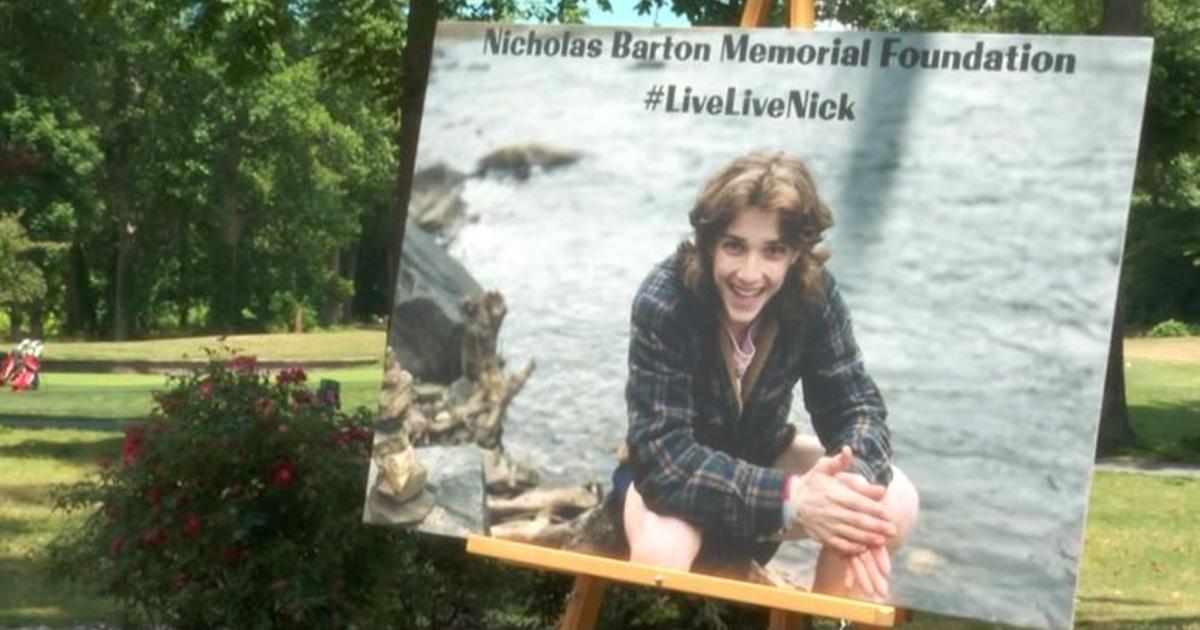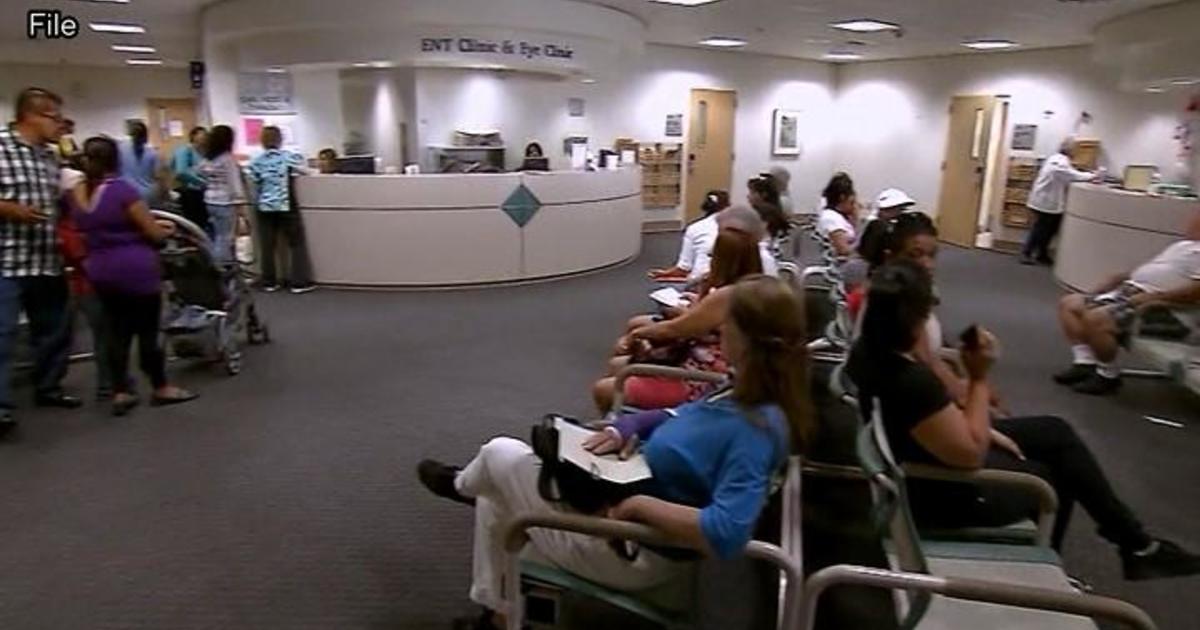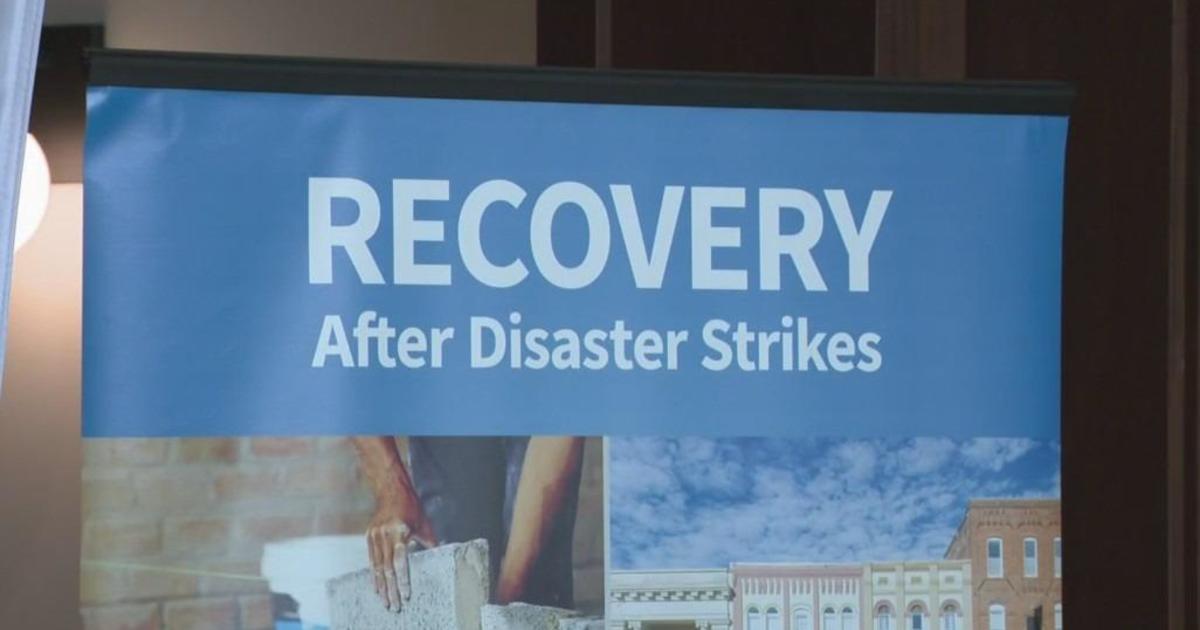Md. Promotes Aquaculture To Boost Oyster Numbers
By LIZ HOLLAND
The Daily Times of Salisbury
CRISFIELD, Md. (AP) -- Harvesting oysters from the Chesapeake Bay could become as simple as pulling up a cage from a local waterway under a new push by the state of Maryland to develop aquaculture ventures.
"We've had some fairly strong interest so far," said Carl Roscher, assistant director of fisheries for the Department of Natural Resources.
In 2009, Gov. Martin O'Malley announced a three-pronged approach to restoring the Chesapeake Bay's oyster population, including increasing areas open to leasing for oyster aquaculture.
DNR has received 75 applications from around the state since then, Roscher said.
The concept of growing oysters is nothing new in Maryland, a state that has leased areas for private oyster beds for generations.
"The old-timers call them planting grounds," Roscher said.
In those operations, shell and spat were planted directly on the water bottom.
Some newer operations use cages placed on the bottom or floats, which allow better water flow, as well as keep baby oysters away from predators and make adult oysters easier to harvest, he said.
A few permits have been issued in local waterways, including one to a researcher at the University of Maryland Eastern Shore.
Dr. Salina Parveen of the Center for Food Science and Technology will study ways to reduce pathogens in oysters that cause human illness.
Parveen and graduate students have placed cages in Pocomoke Sound and the Chincoteague Bay as part of their research, which is a joint project of UMES, the Maryland Department of the Environment and Virginia Tech and is funded by the U.S. Department of Agriculture.
But while the UMES project won't produce oysters for harvest, others are hoping their commercial ventures will become lucrative.
Gary Mormello of Crisfield has a permit for 1,250 cages across 4 acres in Apes Hole Creek in Crisfield, but hasn't started yet.
"I'm just getting things lined up," he said. "It's an expensive undertaking."
Cages cost $100 each, and oyster larvae are $270 per million.
Mormello said he also needs to buy 4,000-5,000 baskets of shells to prepare the bottom.
Work probably won't get started until winter, he said.
But while the initial costs will be high, Mormello said, he's optimistic he can make money.
"I can harvest 2 million oysters at 35 cents each -- you do the math," he said.
In nearby Marion Station, Ernie Nichols has been growing oysters commercially in cages since 2008. He leases bottom from the state around his dock on Coulbourne Creek, then harvests and sells oysters to restaurants and markets.
Word about Uncle Ernie's Oysters soon spread, and Nichols hasn't even had to advertise.
While it took Nichols three years to get the necessary state and federal permits, others who hope to start similar operations may have an easier time, Roscher said.
Last month, a consolidated permitting process was approved so that qualifying applicants can submit a joint state-federal application to DNR.
Previously, separate permits were needed from the state and the U.S. Army Corps of Engineers and could take up to a year to be approved.
Information from: The Daily Times of Salisbury, Md., http://www.delmarvanow.com/
(Copyright 2011 by The Associated Press. All Rights Reserved.)



